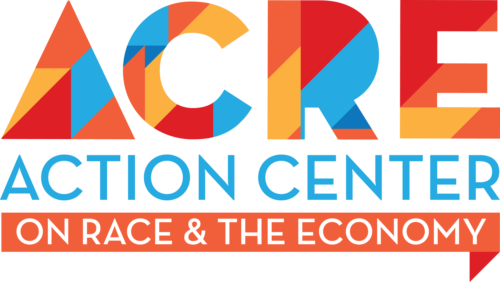Executive Summary
Higher education in the U.S. is in a state of crisis. We see evidence of this crisis in huge cuts in funding for public schools, skyrocketing costs of attendance at both private and public schools, and increases in student debt burdens. These interrelated trends are connected to the underlying phenomenon of the financialization of our economy generally and of higher education specifically. Mike Konczal, who runs the Financialization Project at the Roosevelt Institute, defines financialization as the “increase in the size, scope, and power of the financial sector— the people and firms that manage money and underwrite stocks, bonds, derivatives, and other securities—relative to the rest of the economy.” Financialization has a number of disturbing consequences for higher education, including increases in overall borrowing by colleges and universities, increases in the cost of interest payments on debt on a per-student basis, and a concentration of endowment assets at a small group of the wealthiest institutions—a form of concentration of wealth. The result is a system of higher education that works to increase social and economic inequalities, instead of serving as the equalizer we have long imagined college to be.
Colleges and universities are losing money on bad Wall Street deals. One way that financialization manifests is expensive, risky, complex financial deals that colleges and universities have entered as they have increased their reliance on debt financing. This paper examines complicated and risky financial deals involving colleges and universities across the country, primarily focusing on the costs of a particular risky deal known as an interest rate swap. Though schools were lured by banks’ promises that these deals would save them money on borrowing, instead these deals have transferred wealth from schools and students to banks.
Swaps have cost just 19 schools $2.7 billion. We provide detailed case studies of 19 colleges and college systems that analyze the costs of interest rate swaps and other toxic deals. The costs associated with swaps have siphoned billions of dollars out of these schools’ budgets, at a time when schools are increasingly passing on their increased costs to students, including borrowing costs and, for public schools, costs related to decreases in state and federal funding.
Reliance on borrowing makes schools vulnerable to risky deals. As direct federal and state funding for public schools has drastically decreased, schools increasingly rely on borrowing, making them vulnerable to banks’ claims that complicated financial deals will save them money in the long run. Public and private schools both are competing with each other for student dollars, increasingly courting wealthier students with fancy amenities built with borrowed money.

